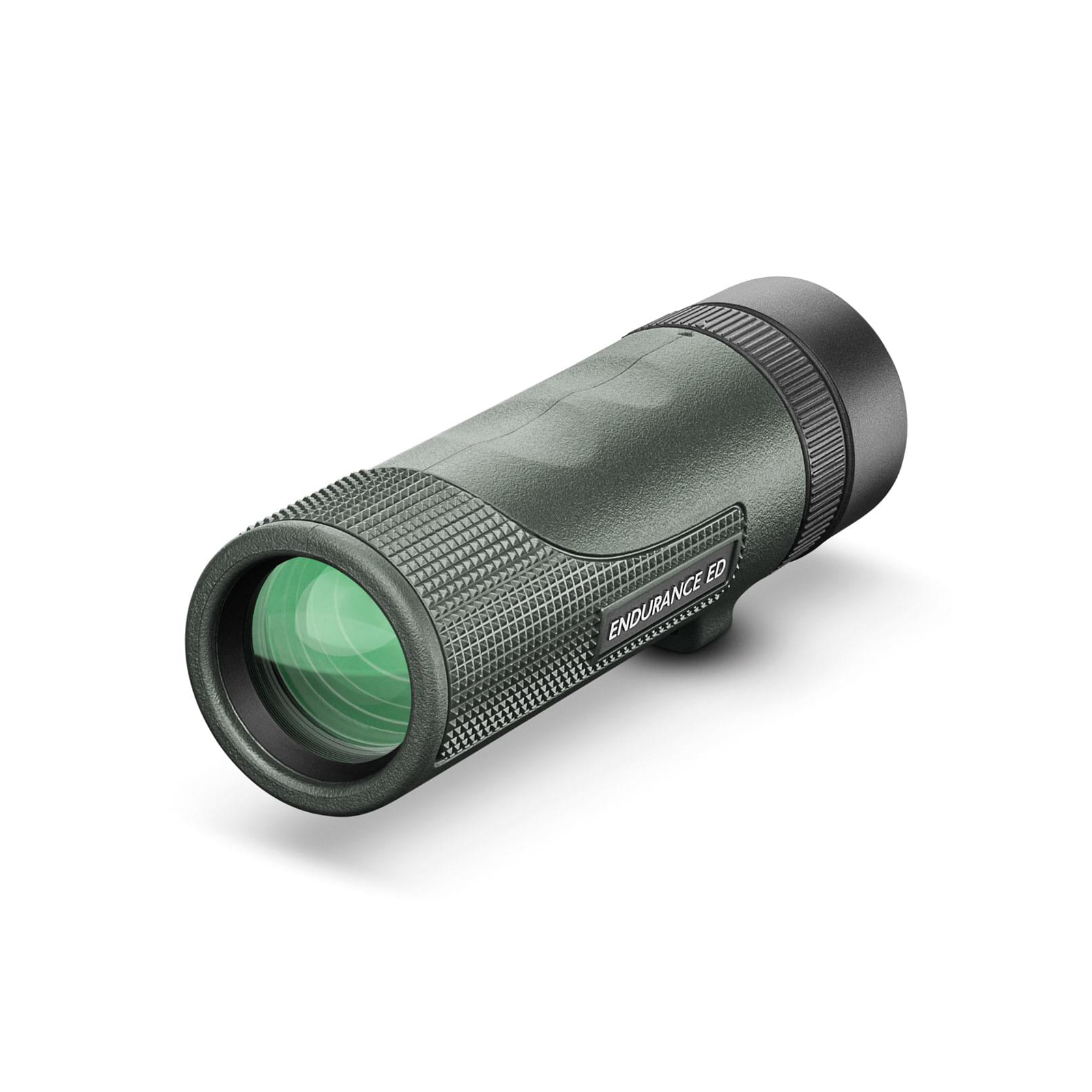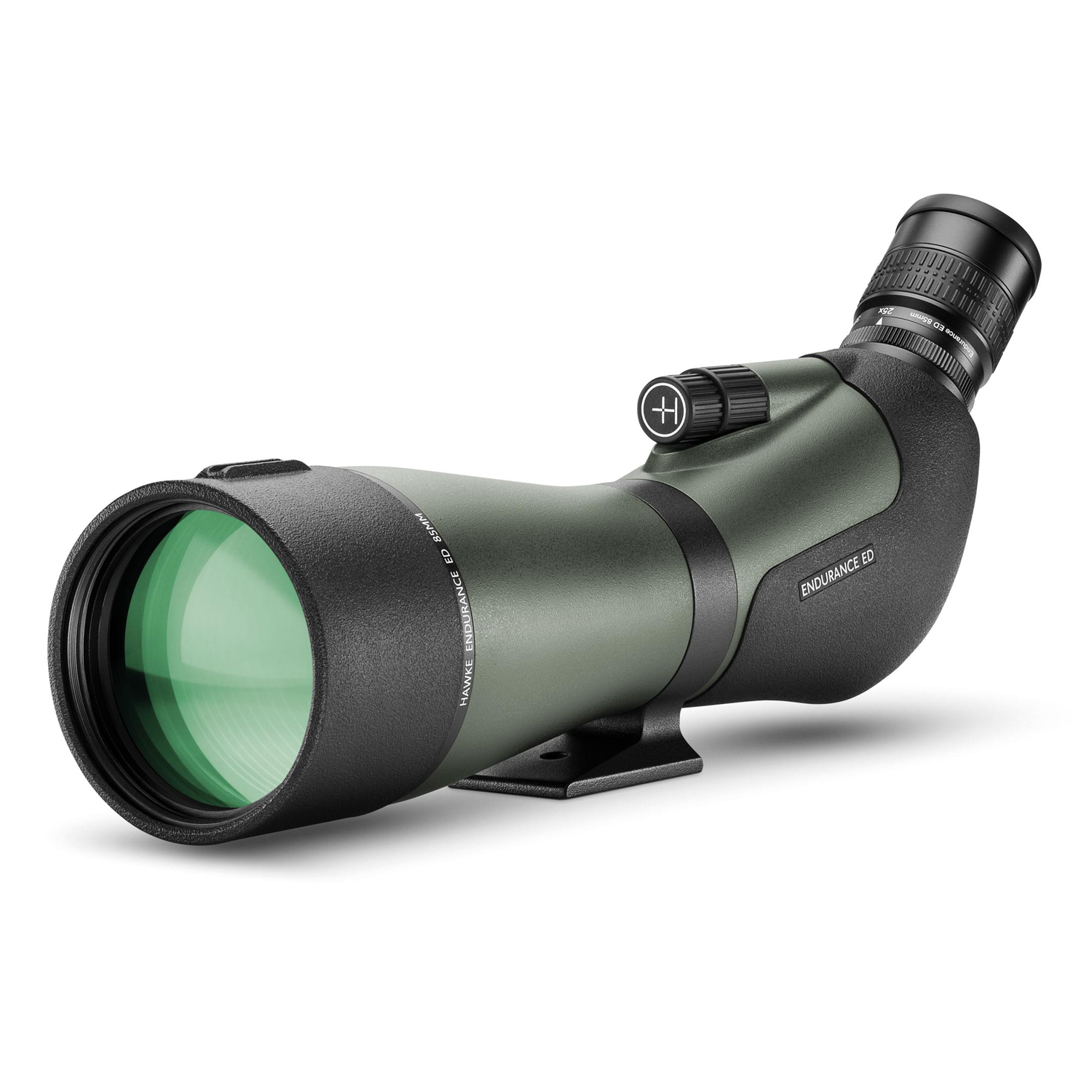Essential Gear for Bird Watching

There are few things better in life than getting out in the open and spotting wildlife. In this article we will show you various options to make bird watching and observing wildlife easier and more rewarding. We will talk you through different options for optics, how to choose the right camera for your needs and show you some new gadgets to make catching a glimpse of that elusive animal a doddle.
Choosing the right optics for you
We have all started our observing with the trusty family binoculars. That large cumbersome pair that were handed down through the generations. Maybe now is the time to update your kit, here is where to start.

Binoculars
Picking the right binoculars is vital in getting your birding off to the perfect start. Binoculars are classified by a few different specifications. The first is the magnification, the second is the brightness of the optics - which is measured by the diameter of the front element. You will see this displayed prominently on the binoculars.
The most popular of which is 10x42, that being 10 times magnification and a 42mm diameter allowing a lot of light into the eye. Different variations are better for different purposes, 7x or 8x are ideal for marine use, anything above 12x magnification could require a tripod or other method of stabilisation. Diameters beyond 42mm are necessary for looking into darker areas such as under tree cover.
Beyond these specifications they are then divided by lens coating, overall finish and the brand. The best way to decipher beyond the magnification is to look at your budget and how weatherproof you need them to be and if you have a particular brand in mind.
To sum up, your checklist for choosing the right binoculars should be as follows
- What are they being used for
- What magnification and brightness do I need
- Do I need specific weather sealing
- What is my budget
Monoculars
A relatively new addition to the optics line-up is the monocular. Essentially it is half a binocular. So the same rules apply as to binoculars, but they are neater and easier to carry. They are usually half the price, but there isn’t the same range of options available with regards magnification and optic brightness.

Spotting Scopes
For those seeking very large magnification, or if you have a large bay window overlooking a river or valley, a spotting scope might just be what you need. Not to be confused with telescopes, which are for the stars, a spotting scope is a singular tube with an eyepiece to look through. These are again defined by their zoom capabilities along with the quality of glass in them. These can vary from €300 to €5000, so a realistic budget is again important in choosing the right one for you. The higher the cost, the brighter and sharper the image will be. Scopes are usually cumbersome so a tripod is necessary to be able to get the full advantage of the scope.

Which camera is the best for your needs
To pick the right camera for your wildlife needs you really need to think about what your ambitions for your photography are, as in where you see your photography going in a few years time. This should help decide between a bridge camera or a system camera. Bridge cameras are ones with permanently attached lenses. These usually offer extremely large zooms and are easy to use. System cameras such as DSLRs or mirrorless cameras require an external lens. For wildlife photography you will need one that has a clever focusing system and large burst speed. Newer models have an option to help the camera detect the animals eyes, ensuring they are the main focus point of the photo. You will also require a powerful, fast zoom lens as these are not supplied with cameras. Here are a few cameras worth looking at:
Canon Powershot SX70
Canon’s main bridge camera, the SX70 has a 65x optical zoom allowing you to capture everything from extreme close-up shots to shooting distances barely visible with the naked eye. It is extremely easy to use and with Bluetooth and Wi-Fi support, you can sync images to your computer or mobile straight after shooting using Auto Image Transfer, and Remote Live View allows you to view and shoot footage using the Camera Connect app.
Nikon P950
The Nikon P950 bridge camera packs an incredible 83x optical zoom. At the more expensive side of the scale, it allows for extreme zoom even allowing for shots of the moon. With a focal length range of 24–2000 mm, this superzoom camera takes you to the heart of every scene. Go wide to show the intensity of an electric storm over the ocean. Zoom in to capture sharply focused images of distant wildlife.

Canon EOS R6
The EOS R6 is a full-frame mirrorless camera that’s so advanced it can shoot silently at up to 20 fps. Enjoy the perfect balance of resolution, low-light photography and dynamic range, from the 20 megapixel sensor in this enthusiast mirrorless camera. It has no trouble recognising and tracking faces, eyes and bodies in humans, cats, dogs and birds.
Something a bit different
Canon Powershot Zoom
Get closer on family adventures or when capturing wildlife. The 3 step zoom with great optical magnification will allow you to catch moments even from hundreds of metres away. With its small size and great operating time, this super-light camera weighing just 145 g is ideal to keep in your pocket, wrist or lanyard for those must-not-miss family or wildlife moments. It is the perfect little gadget to capture images of birds and wildlife to help identify them later.
Trail Cams
If you're not familiar with the term 'trail camera', you might know it by one of its other names: nature cameras or camera traps. No matter what you call it, the best trail cameras are a remote image capture device that will automatically photograph animals in their natural habitats. Using motion or heat detectors, a trail camera is designed to lie in wait for hours, days or weeks until an animal wanders in front of the camera. This will then trigger it to take a photo or start capturing video.
There you have it, our guide to choosing the best items for your bird watching and nature observation. Hopefully you now be able to better choose your next binocular, camera or sports optic.











